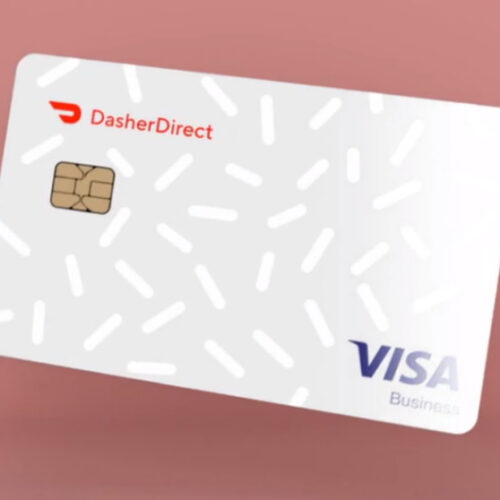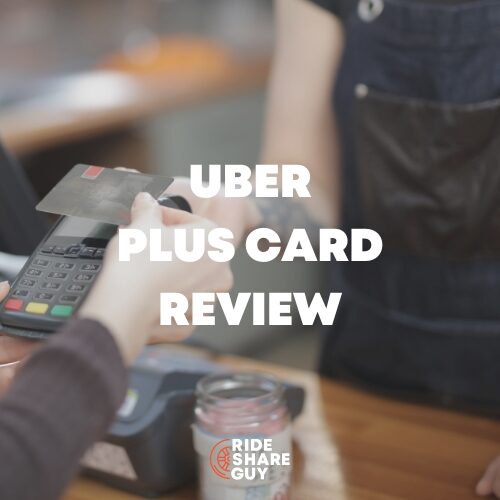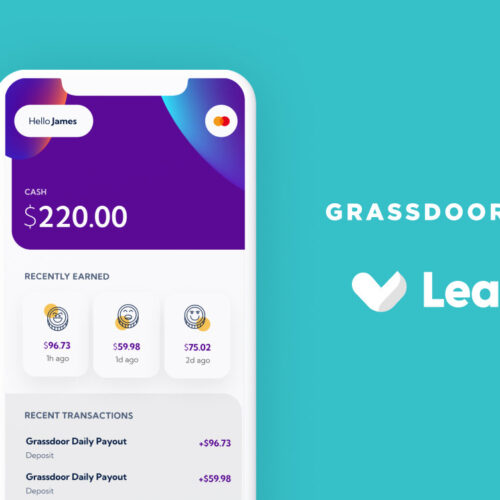Most drivers don’t realize it, but as a 1099 employee, you are now a business owner and a lot of added responsibility goes along with that. This is the second article of a six-part series on setting up your rideshare business checking account with one of the best banks for Uber drivers.
We previously explained the difference between a sole proprietorship and an LLC, and now, let’s talk about why it’s important to set up a business checking account.
If you liked this course, we’ve got another one over at MaximumRidesharingProfits.com. If you’ve found that your income has decreased lately with increased drivers, we released all of our top money-making strategies in this course.
- Day 1 – Should You Form An LLC For Your New Rideshare Business?
- Day 2 – Setting Up Your Rideshare Business Checking Account
- Day 3 – Applying For Your First Rideshare Business Credit Card
- Day 4 – What’s The Best Way To Track Your Income & Expenses?
- Day 5 – What Are The Best Apps To Track Your Mileage?
- Day 6 – Everything You Need To Know About Rideshare Taxes
Should I Set Up A Business Bank Account?
Determining where to deposit checks is a good problem for business owners as it means your business is making money and maybe even turning a profit.
The nice thing about being a rideshare driver is that you start making money after your first week of driving (believe it or not, it’s not like that with most new businesses).
But here’s the problem. You need a place to stash all that money and keep it separate from your personal assets. This makes tax time much easier, as you can create reports for your accountant and be ready for any questions or audits from the IRS.
How You Decide to Operate Affects the Type of Bank Account Needed
Sole Proprietorship
If you operate as a sole proprietorship, you can open a second personal checking account and treat it as your ‘business checking account’ instead of opening up an actual business checking account.
I prefer this method for sole proprietors because business checking accounts often come with higher fees yet don’t offer any additional benefits compared to a personal checking account (some banks won’t allow you to do this, but most will be ok with it).
If you prefer a true business checking account as a sole proprietor, you’ll need your federal EIN, which is the equivalent of a social security number for your business. You must also provide your DBA, which stands for “doing business as,” allowing you to operate a business legally under a different name than your own.
Sole proprietors don’t need a DBA, but you may need one if you opt for a business checking account.
LLC & S-Corporation
If you’ve incorporated as an LLC or even an S-Corporation, you must legally separate your personal and business checking account, so you’ll need a business checking account. To get one, you must provide your TIN, legal articles of organization, and operating agreement (if you have one).
Rideshare drivers typically only need basic features, such as the ability to deposit and withdraw, so don’t choose a fancy bank account with a high monthly maintenance fee.
Look for a business checking account at your current bank and compare it to your options. Compare the terms on available accounts until you find one that’s suitable. Some local credit unions may be a good option for a true business checking account, too.
4 Best Banks for Uber Drivers
Several banks are great options for Uber drivers. I recommend checking out the banks below for your rideshare driver bank account.
1. Found
Found offers simple business banking. They don’t charge monthly maintenance fees or require a specific minimum balance. They offer simple financial tools, including automatic expense tracking and free invoices.
Found also calculates your owed taxes and auto-categorizes your expenses to help you get the most deductions at tax time.
2. U.S. Bank
U.S. Bank is one of the country’s largest banks and offers a robust business checking account that requires only a $100 deposit. The Silver Business Checking Account Package is perfect for rideshare drivers, as it doesn’t charge a monthly maintenance fee and allows up to 125 free transactions monthly.
As your business grows, you can upgrade to higher tier plans that offer more free transactions monthly, but they incur a monthly charge.
3. Chase
The Chase Business Complete Checking℠ is a good option for rideshare drivers who can keep a $2,000 average daily balance to waive the monthly fee. The account allows unlimited debit card and ATM transactions, and if you need to use a teller, you get up to 20 teller transactions monthly.
Chase is the country’s largest bank and has 16,000+ ATMs plus a robust mobile banking platform, making it easy to conduct your transactions.
4. Bluevine
Bluevine offers a high-yield checking account for business owners like rideshare drivers. The account has no monthly fees, and you can access a revolving line of credit to use as needed as you grow your business.
Unlike other banks on this list, Bluevine allows unlimited monthly transactions, and you can add up to five sub-accounts if you want separate accounts for different budgeting needs.
What Can You Do With A Business Checking Account?
Here’s what you can do with a business checking account:
- Link your Uber or Lyft direct deposit to your checking account.
- Link your Square reader or a similar card reader used to accept tips to your new business checking account.
- Link your account to a money management software like Quickbooks (which we’ll discuss in Day 4) for faster reporting and help come tax time.
- Link your PayPal account if you do any type of PayPal transactions for your rideshare business (pre-arranged rides, ancillary services, etc).
Driver Takeaways
Setting up a business checking account can be a bit of a hassle, but it will save you a lot of headaches come tax time, especially if you are ever audited.
Remember, now that you’re a business owner, separating your professional and personal life is important.
You’re still free to transfer money in/out of your business checking to/from your personal checking account but it’s important that you either keep good records or use software to track all of your transfers.





